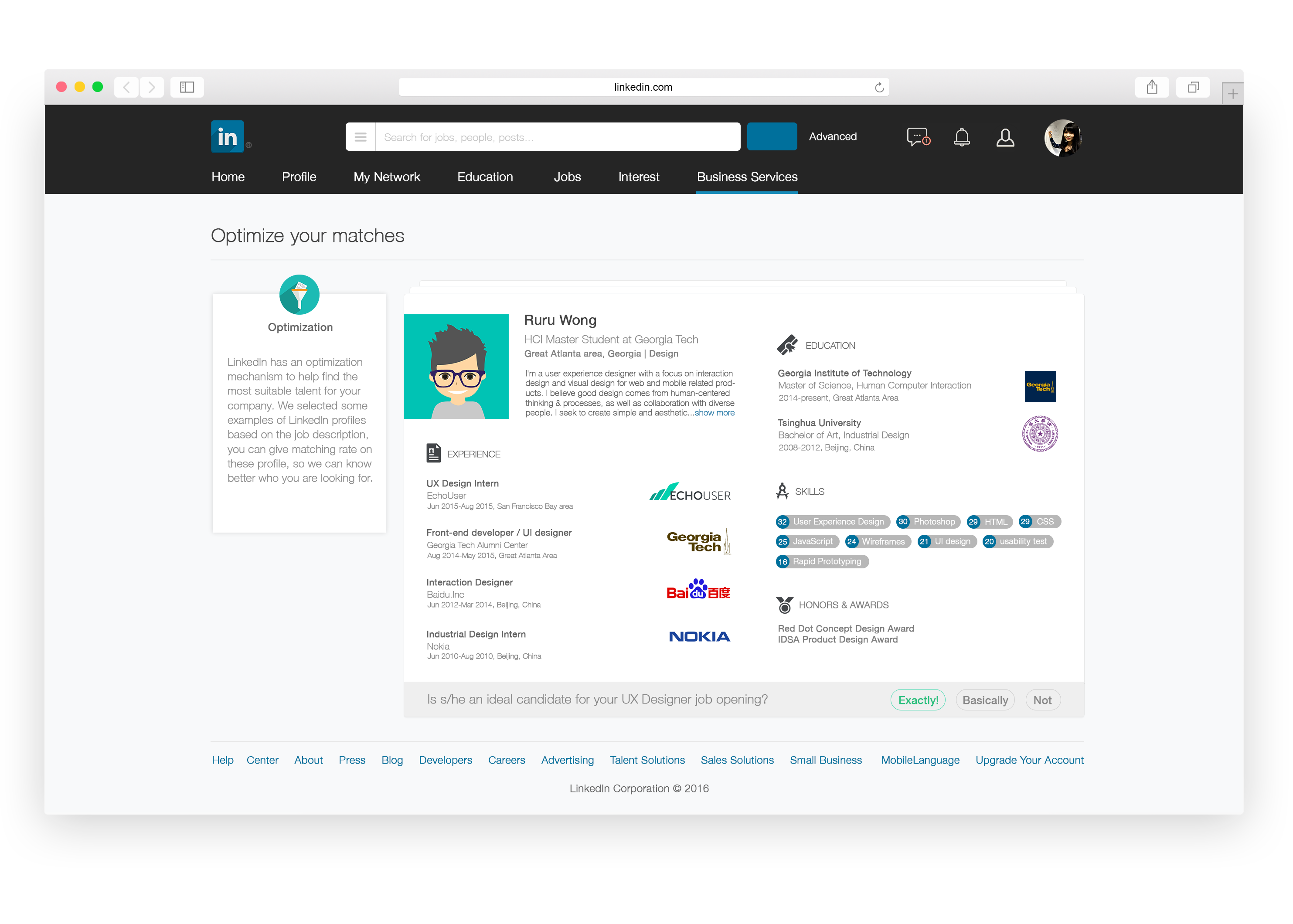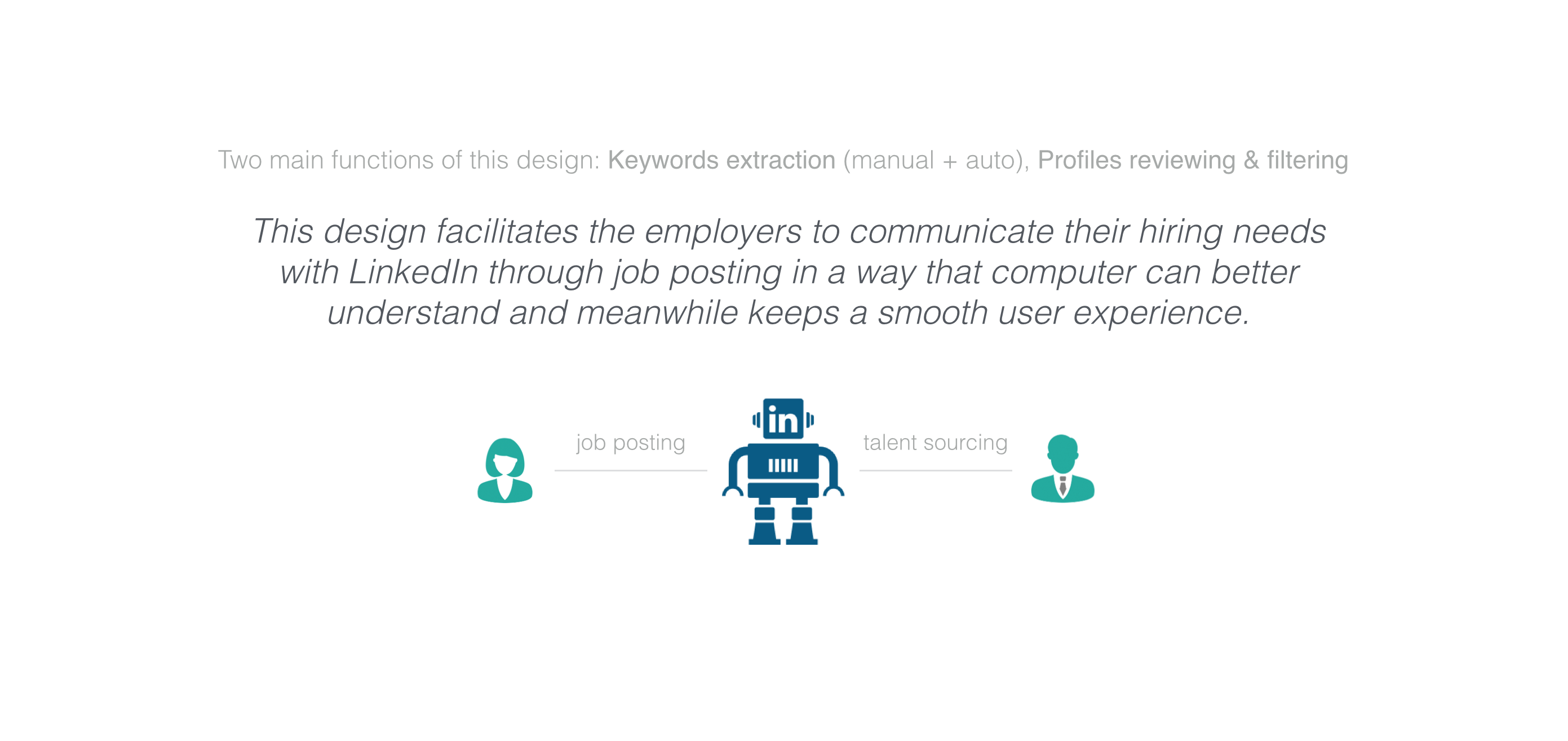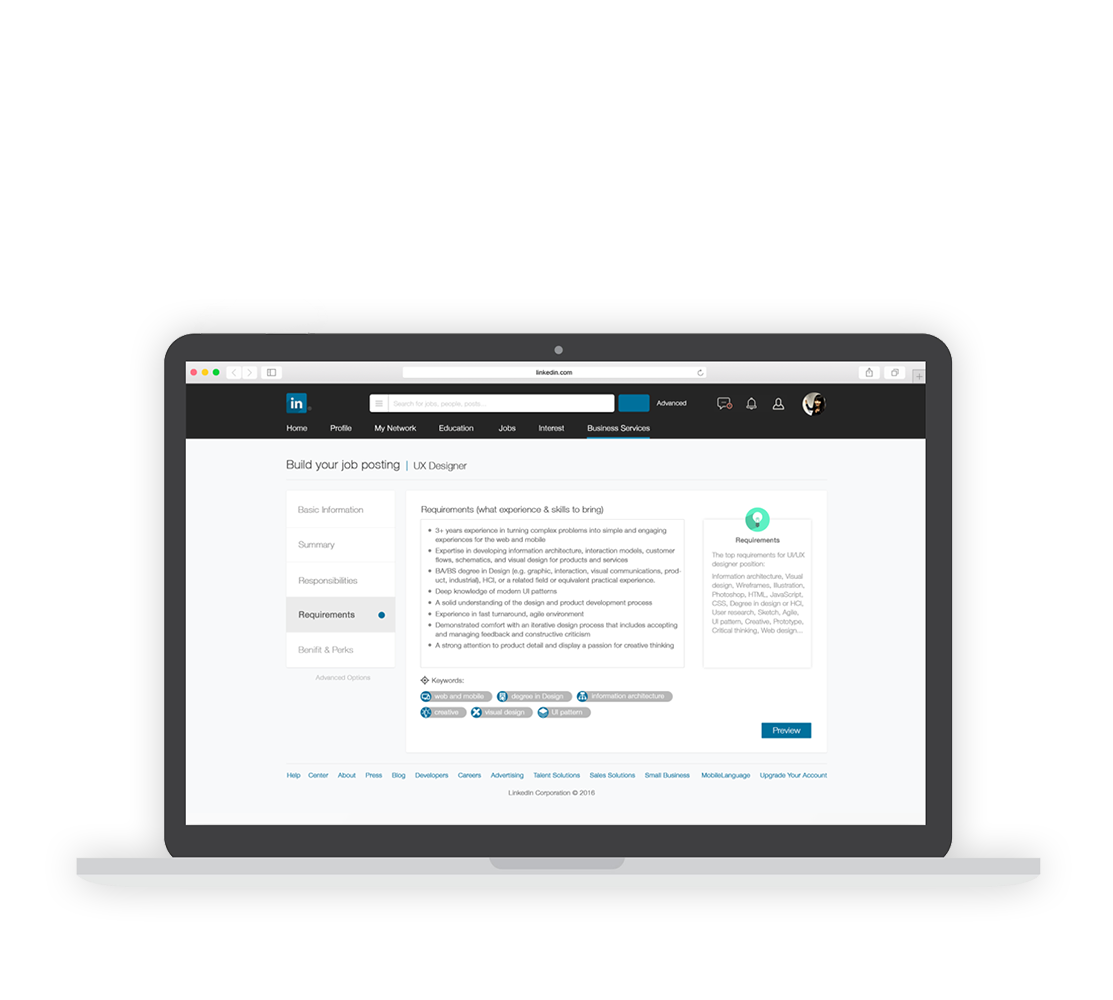

This is a short project with a specific design task: design an improved job posting experience for recruiters and hiring managers, that helps them attract and recruit relevant candidates for the position.
This is an individual project. In the 1-week design process, I worked on design / user research, experience design, visual design and prototyping.
DESIGN TASK
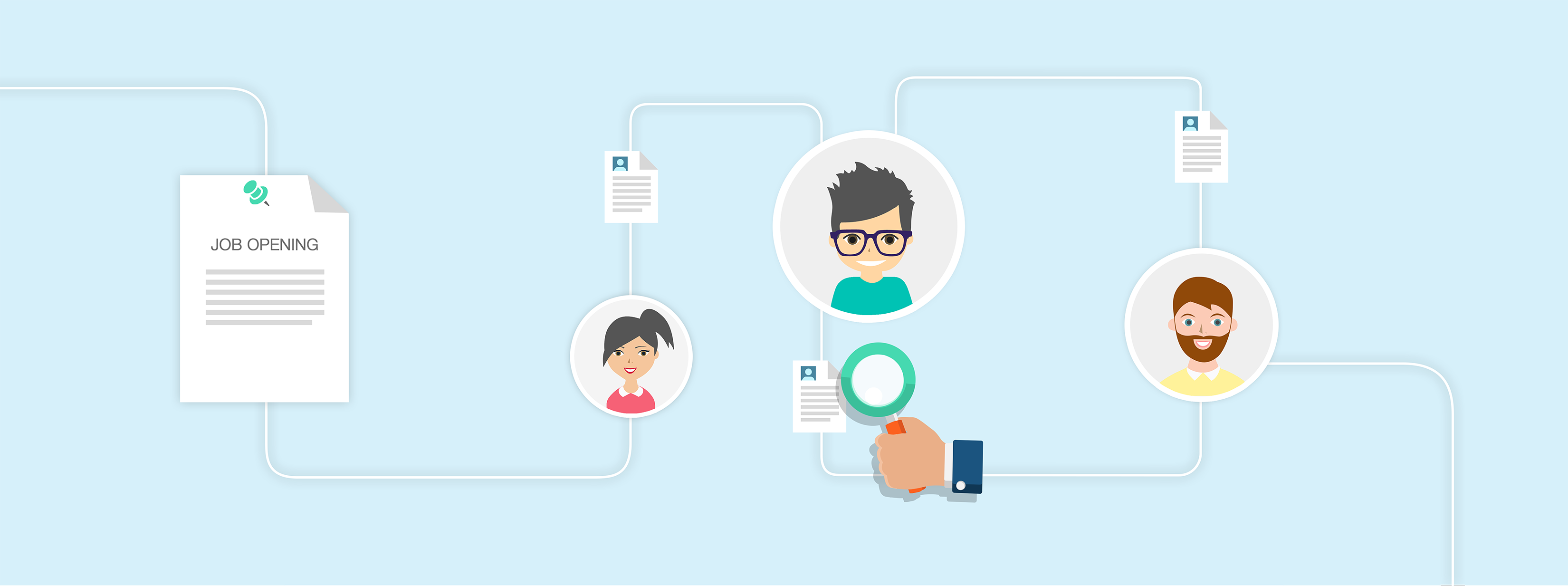
• What is the user behavior pattern in a job posting experience?
• What is the edge of LinkedIn among other job posting website?
• What does job posting experience mean for LinkedIn ecosystem?
• What does “relevant candidate” mean for a job posting service?
• How LinkedIn is currently trying to attract relevant candidates?
• Are there other different ways to recruit other than job posting?
......
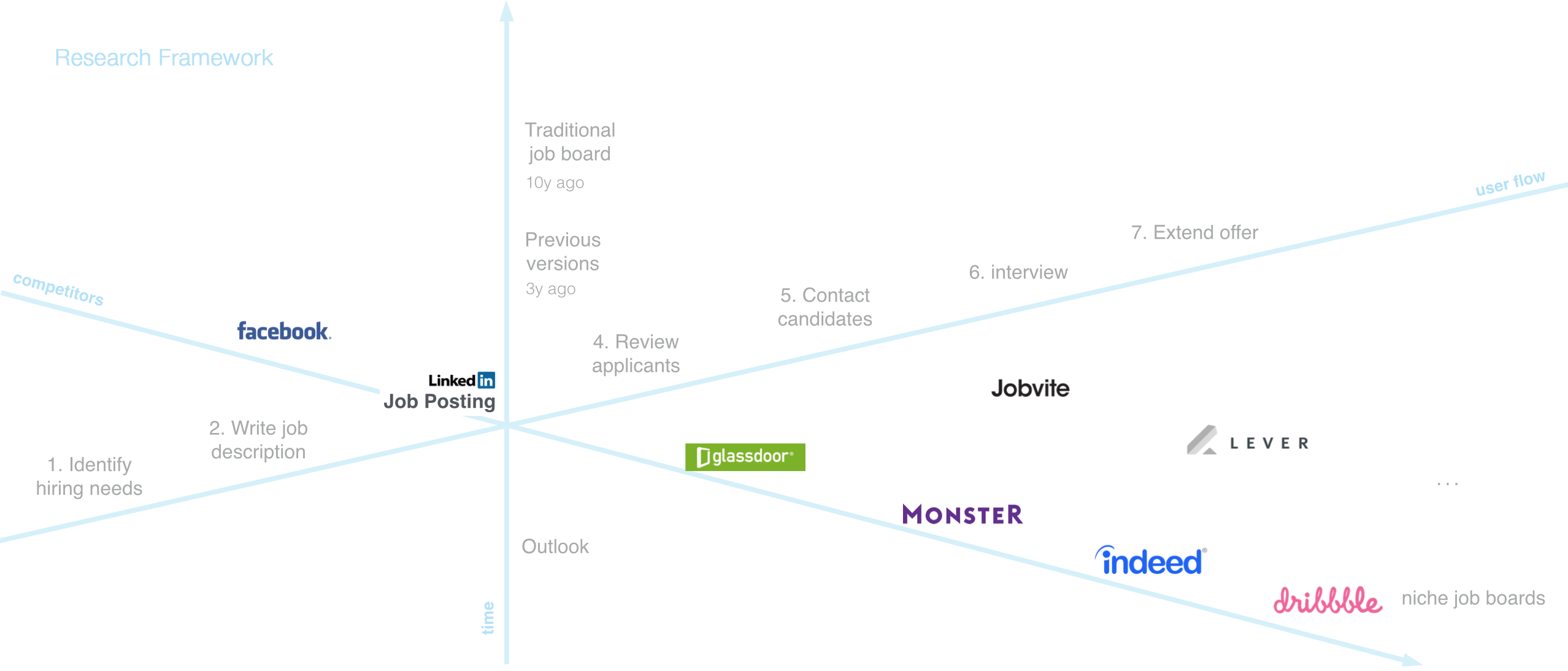
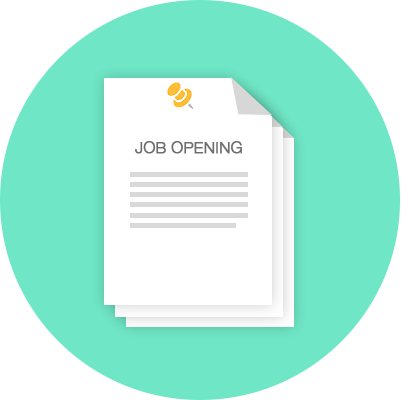
Employers post a job opening to many different job boards, because job posting is a passive strategy, the more places you post the job, the more chance to get the opportunity in front of the right people. A job is posted on multiple sites.
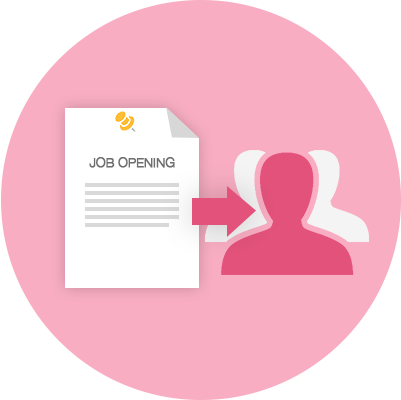
Employers hope to have some control over the candidates qualifications, the niche job board is a way to control the quality of the job applicants, but it's still a passive strategy. While LinkedIn can realize the "niche" easily.

Actively sourcing talent gives employer full control over the candidates. More and more company nowadays actively find relevant talent in this way, but it would take a lot of time and costs. What if we make sourcing automatically?
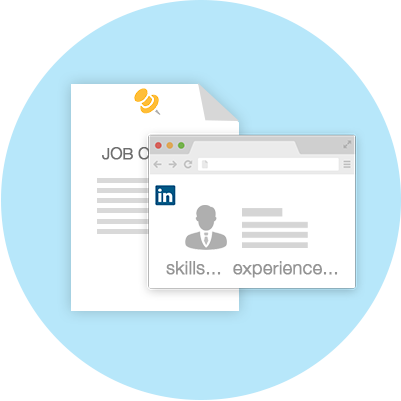
Employers over-stress the requirements, skills and experience on the job posting, but these information do not help attract top talents. While on the other hand, those talent also like showcase same information (skills, experience) on their LinkedIn profiles, so this conceptual match can be used for talent sourcing.

"I write the job description first, and put it on my company’s career site, and then I just copy the job description and paste on the job boards. There are many free job board sites, I do this about on 10 different job boards. So basically you just want to expose the position as much in front of the potential candidates as possible."
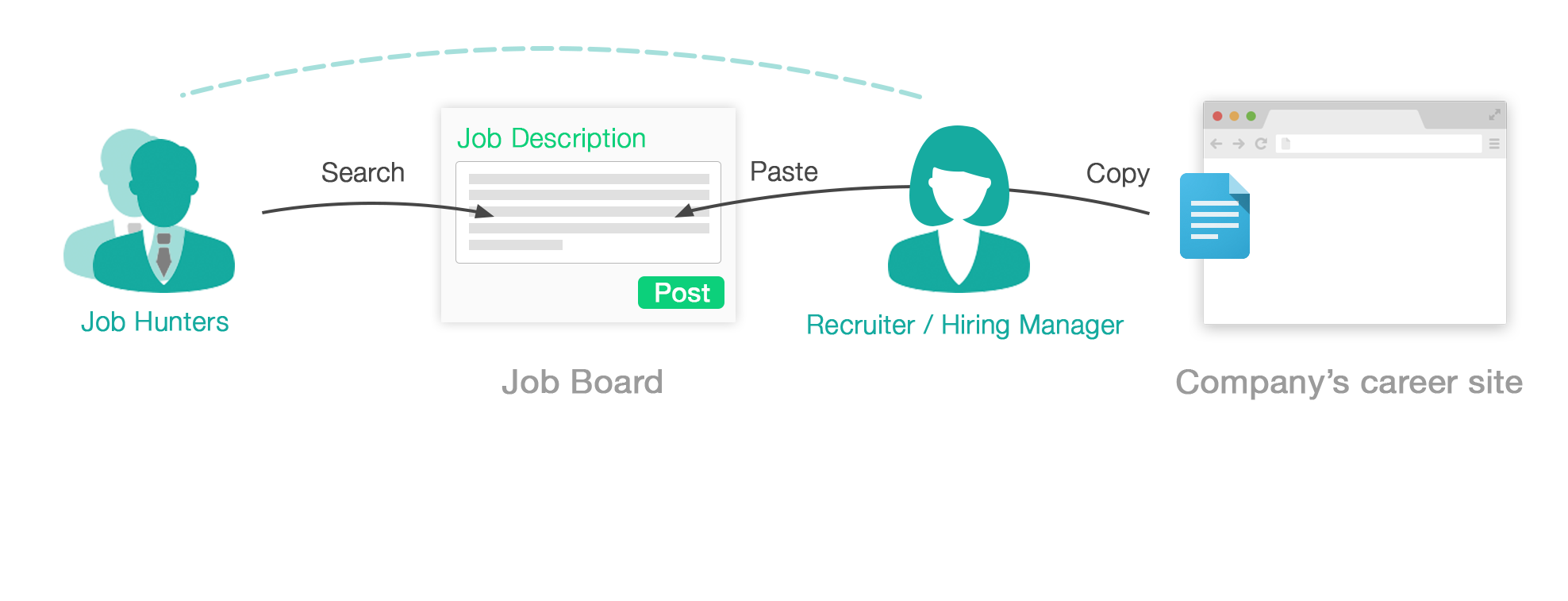
How to balance computer understanding and user experience?
Traditionally, if we want to tell computer an exact information, we use something like checkbox or dropdown, but these interaction patterns will make the user flow tedious. The problem here is how to make computer understand the employer’s recruiting goals or hiring needs through the job posting, while on the other hand, keep the interaction of job posting as simple as other job boards to provide a good user experience.
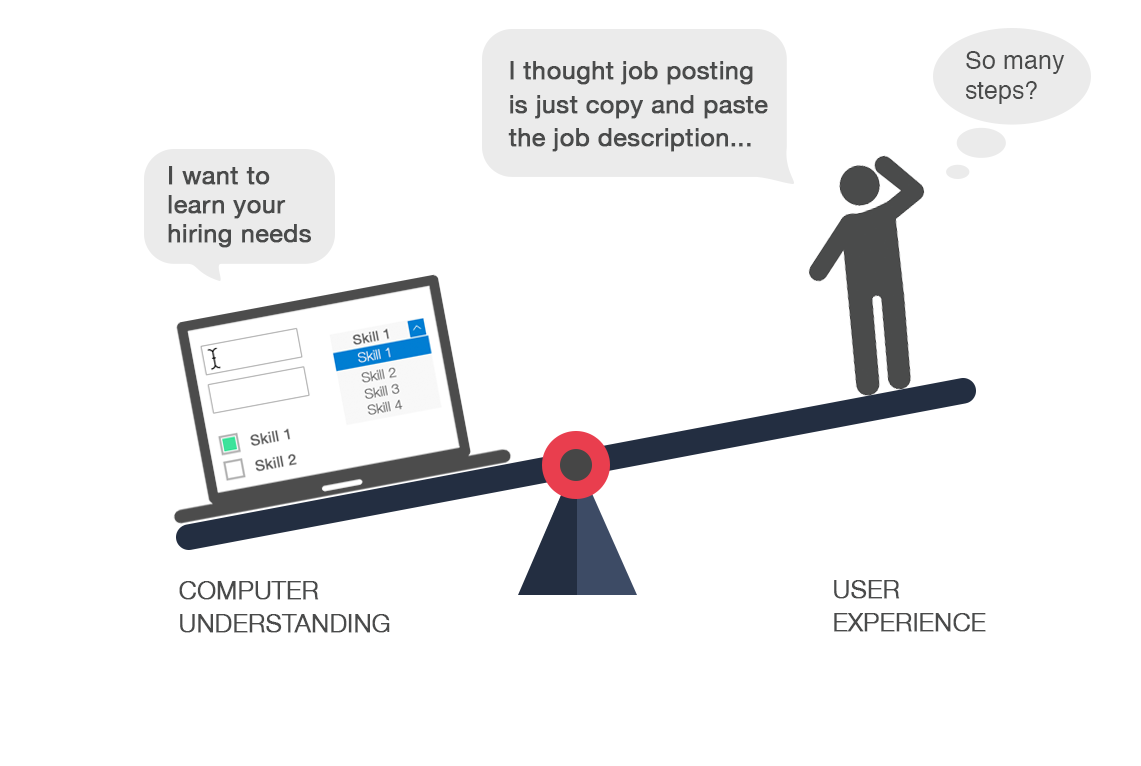


DESIGN SOLUTION
* The more we segregate and categorize the information, the better for computer to recognize the content in each section.
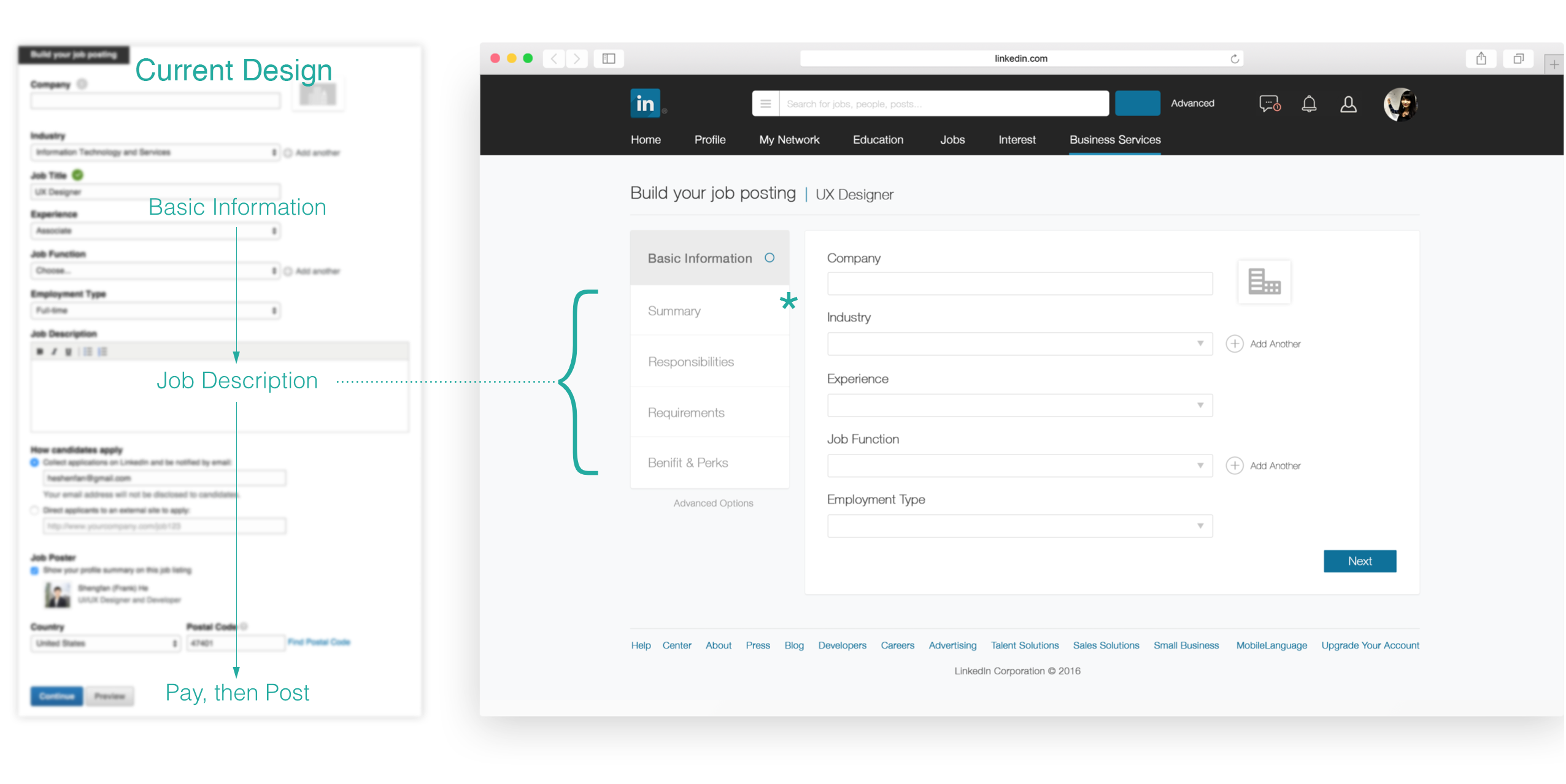
Keywords Extraction
My design solution keeps the “copy-paste” user behavior pattern, but exploits the computational intelligence to parse the content of job description to find some keywords as the featured information. User can take action on the automatically extracted keywords, and also select keywords manually. The keywords will be used to match with relevant candidates on LinkedIn database.
Just like the listener repeats to acknowledge and the speakers validate to make sure they are on the same page in the human-human communication, the keywords function here actually establishes such kind of conversation between computer and user. By embodying AI in the front-end of the system, we can make user aware that LinkedIn is trying to understand the hiring needs, and on the other hand, make the recognition more accurate.
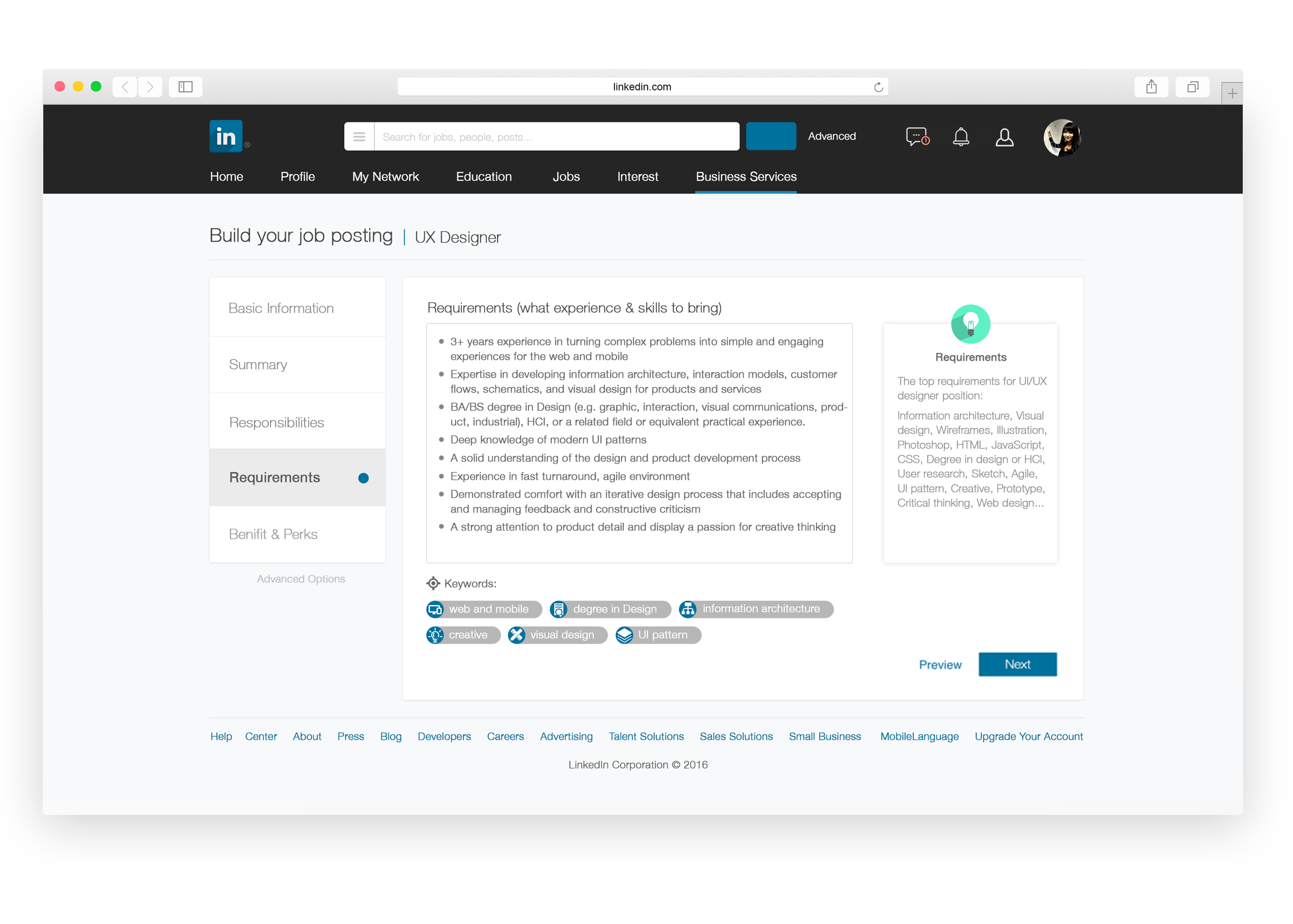
Skillset Visualization
This is an alternative designed for job requirements section. Knowing the job title, the system brings out the most highly mentioned skills from database as the default skill set. Hiring manager tailor their requirements by adjusting the value of the skills. On one hand, it’s for LinkedIn to better understand the employer’s needs, and on the other hand it’s also convenient for job hunter to know what kind of candidate the company is looking for, and can even compare different positions of different companies:
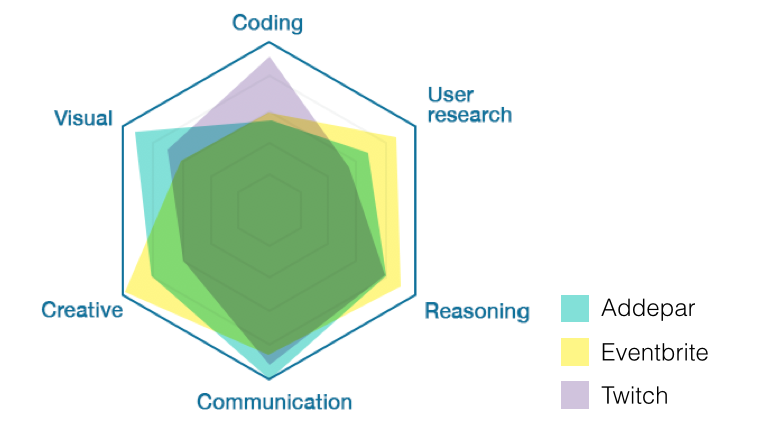

Recruiter can preview the job post to switch to a job hunter’s perspective. Many job hunters don’t carefully read the job description. It would be helpful to list the keywords besides the text. When hover on the icon, the text will be accordingly highlighted. The keyword function for recruiter, it helps efficiently convey the important information about the job position; for LinkedIn, it makes the AI more efficient by concentrating on the keywords. for job hunter, it provides a easier-to-read job description that helps they understand the company and the position.

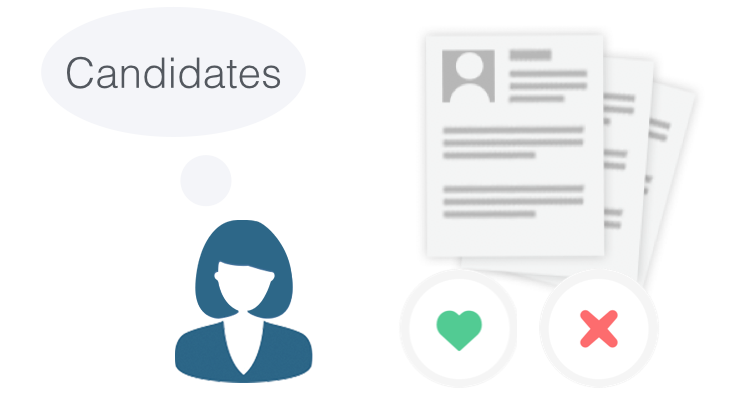
At the end of the job posting process, LinkedIn finds some profiles of prospective candidates based on the job post. This function aligns with user’s mental model — they want to see actual candidates. It's also an opportunity for LinkedIn to further learn the recruiter or hiring manager’s hiring preference. At the bottom of each profile, the system asks user how much they feel the candidate fits in the hiring needs. and user can also select skills or experience on the profile to mark like or dislike. In this way, the system customizes the job post by exploiting machine learning.
